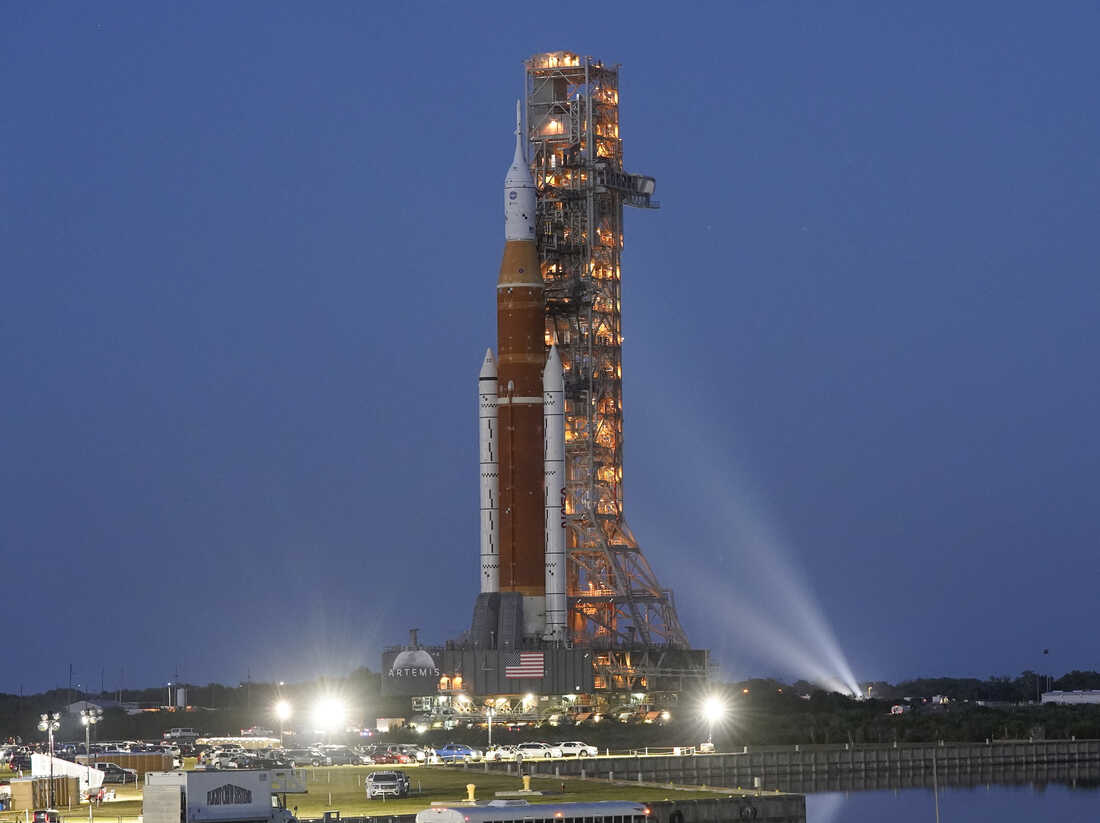The scheduled launch of an unmanned space flight slated to go to the moon from NASA was officially postponed in the wake of engineers discovering a substantial fuel leak.
The highly anticipated and watched event resulted in a disappointing end as issues with the bleed test from the rocket ended up forcing the launch, which was slated for Monday morning, to be aborted.
“The launch director halted today’s Artemis I launch attempt at approximately 8:34 a.m. EDT. The Space Launch System rocket and Orion spacecraft remain in a safe and stable configuration,” stated NASA in an announcement just 20 minutes after the originally scheduled launch time.
“Launch controllers were continuing to evaluate why a bleed test to get the RS-25 engines on the bottom of the core stage to the proper temperature range for liftoff was not successful, and ran out of time in the two-hour launch window. Engineers are continuing to gather additional data,” continued the announcements.
This discovered leak of the extremely volatile hydrogen seems to be related to another issue that was first discovered back in June. NASA thought that the issue causing the leak has been corrected but saw even more concerns early Monday morning that could not be safely addressed in a quick manner.
That particular morning the launch had already been pushed back by about an hour because of the localized inclement weather in the area around the Florida Kennedy Space Center. The leak managed to push the projected launch schedule past the slated two-hour window for a good launch, which ended up forcing a reschedule of the entire launch of the Artemis 1 rocket.
The next launch for the rocket is not slated to take place until at least Friday, the first of a pair of backup dates to be used for the mission. If anything happens Friday, September 5th will be the last remaining date scheduled.
The mission itself is slated to run for over 42 days while traversing over 1.3 million miles to get to the Moon from the Earth. The Orion spacecraft that is seated on the Space Launch System will end up separating from the various propulsion stages roughly two hours after launch.
Orion is slated to deploy a set of 10 small satellites, which have been designated CubeSats, in order to study the Moon itself, along with many other space destinations. The spacecraft is expected to orbit the Moon in order to test flight requirements and communications before any possible future manned launches.

